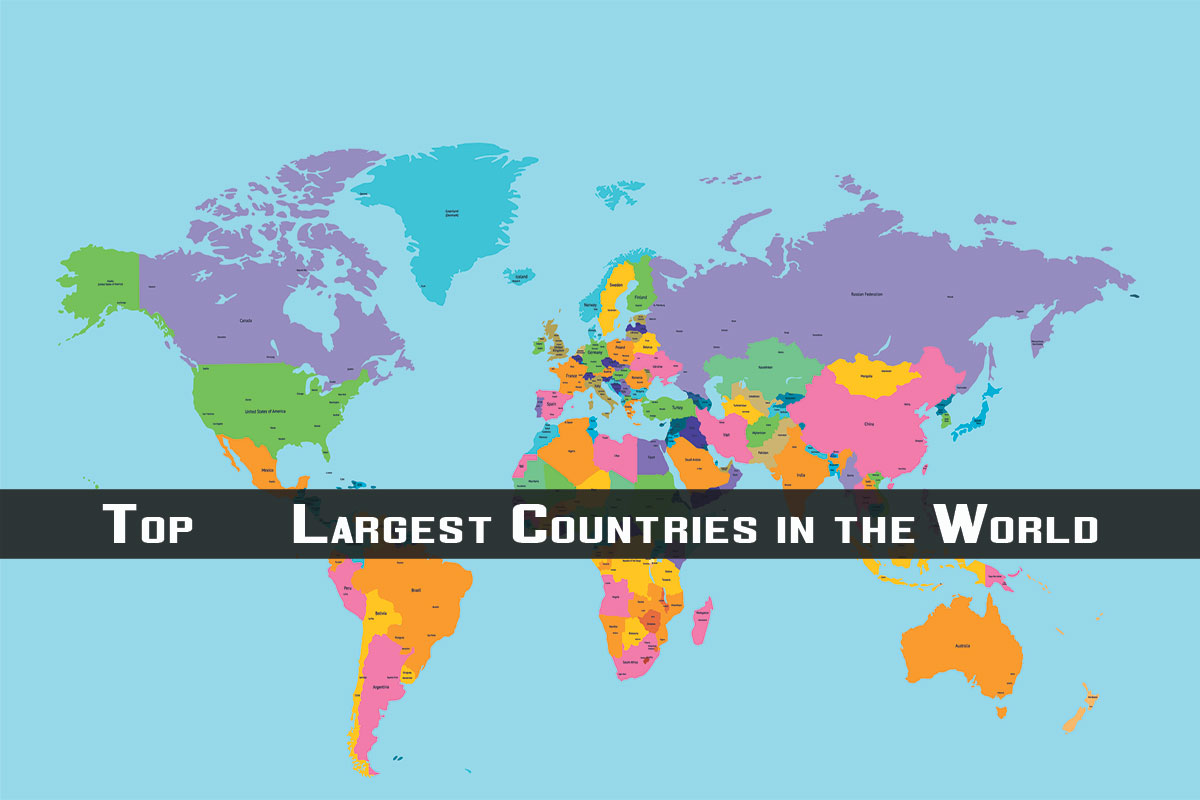The world is full of diverse countries, each with its own unique culture, history, and geography. Some countries are known for their vibrant cities, while others are renowned for their natural beauty. One factor that sets countries apart is their land area, and some countries are much larger than others. Here are the top 10 largest countries in the world by land area.
Top 10 Largest Countries in the World
1. Russia – 17,098,242 square kilometers
The first state in Russia was founded in 862 by King Rurik of the Rus, who was made the ruler of Novgorod. Some years later, the Rus conquered the city of Kiev and started the kingdom of the Kievan Rus. Russia is the largest country in the world, spanning two continents (Europe and Asia). It is so vast that it covers almost 11% of the Earth’s land area. Much of the country is uninhabited due to its harsh climate, but it also boasts some of the world’s most breathtaking natural landscapes, including Lake Baikal and the Caucasus Mountains.
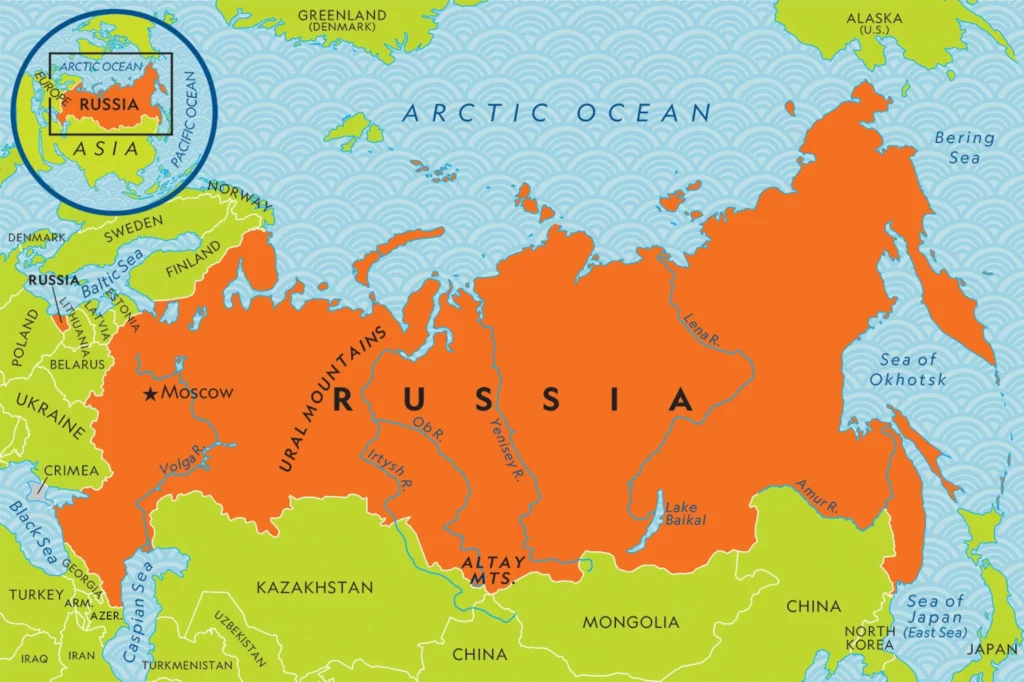
2. Canada – 9,984,670 square kilometers
Canada is the second-largest country in the world and is known for its vast forests, lakes, and mountains. It is also home to the world’s longest coastline, stretching over 202,000 kilometers. Despite its size, Canada has a relatively small population, with most of its citizens living in urban areas.
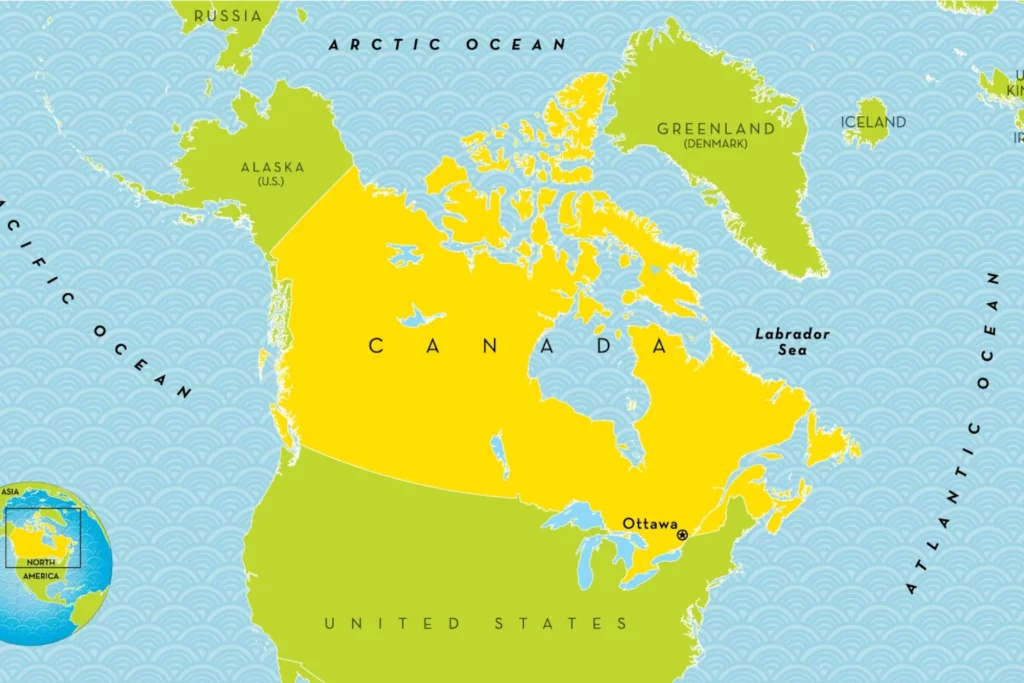
3. China – 9,596,961 square kilometers
On July 2, 1776, Congress voted to declare independence from Great Britain. On July 4, 1776, Congress voted to accept the Declaration of Independence, marking July 4 as Independence China is the third-largest country in the world and has the world’s largest population, with over 1.4 billion people. Its vast territory includes mountains, deserts, and grasslands, as well as some of the world’s most populous cities, such as Shanghai and Beijing.
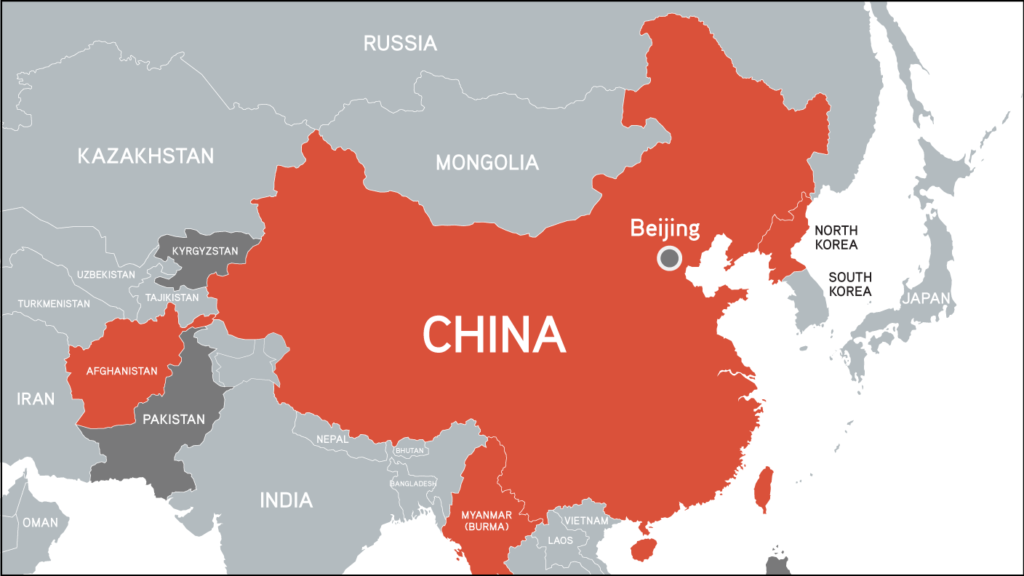
4. United States – 9,525,067 square kilometers
On July 2, 1776, Congress voted to declare independence from Great Britain. On July 4, 1776, Congress voted to accept the Declaration of Independence, marking July 4 as Independence The United States is the fourth-largest country in the world and is known for its diverse geography, including towering mountains, vast deserts, and fertile plains. It also has a diverse population, with people from all over the world making up its citizenry.
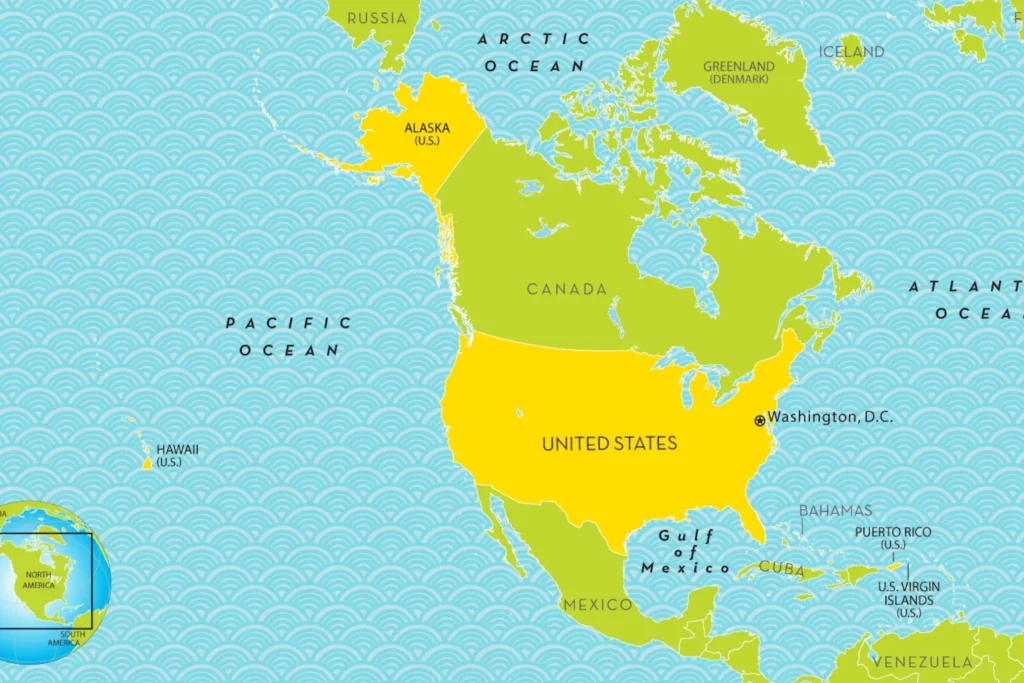
5. Brazil – 8,515,767 square kilometers
Brazil was officially “discovered” in 1500, when a fleet commanded by Portuguese diplomat Pedro Álvares Cabral, on its way to India, landed in Porto Seguro, between Salvador and Rio de Janeiro. Brazil is the fifth-largest country in the world and is known for its lush rainforests, beautiful beaches, and vibrant culture. It is also home to the world’s largest river, the Amazon, which runs through the heart of the country.
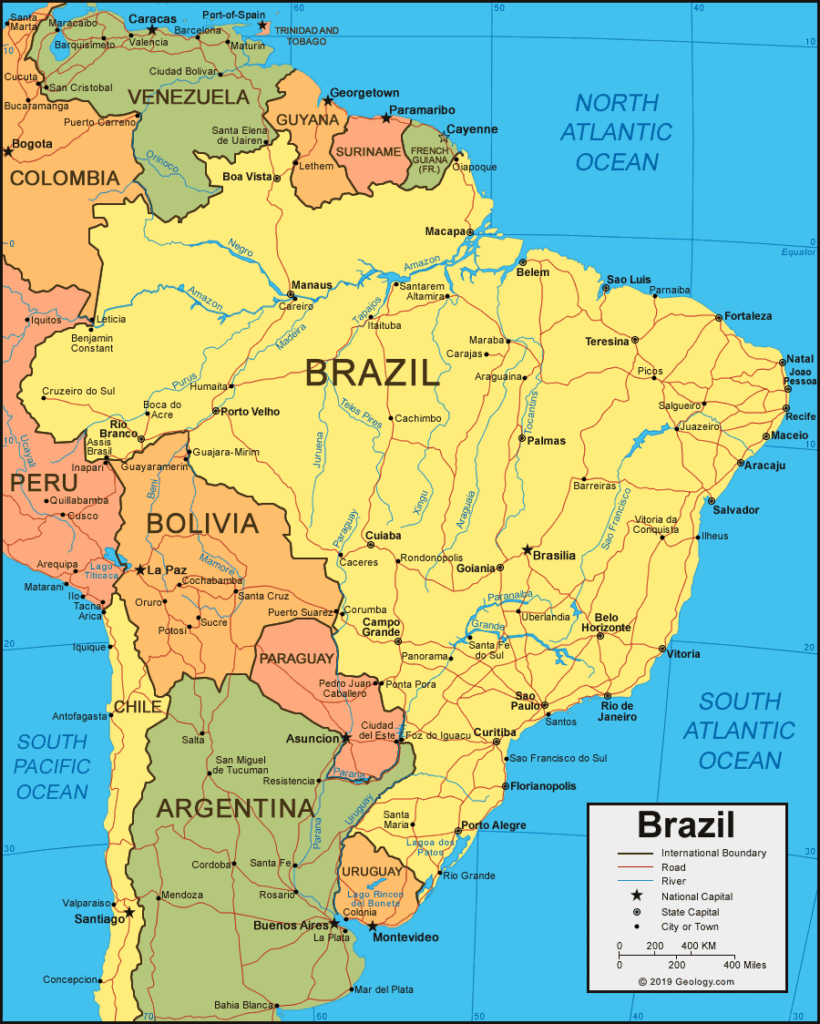
6. Australia – 7,692,024 square kilometers
In the 1850s gold was discovered and the gold rush that followed brought people to Australia from all over the world. In 1901, Australia became a nation, forming the Commonwealth of Australia. One year later, Australia became one of the first countries in the world to give women the right to vote. Australia is the sixth-largest country in the world and is known for its unique wildlife, stunning landscapes, and beautiful beaches. Despite its size, it has a relatively small population, with most of its citizens living in coastal cities.
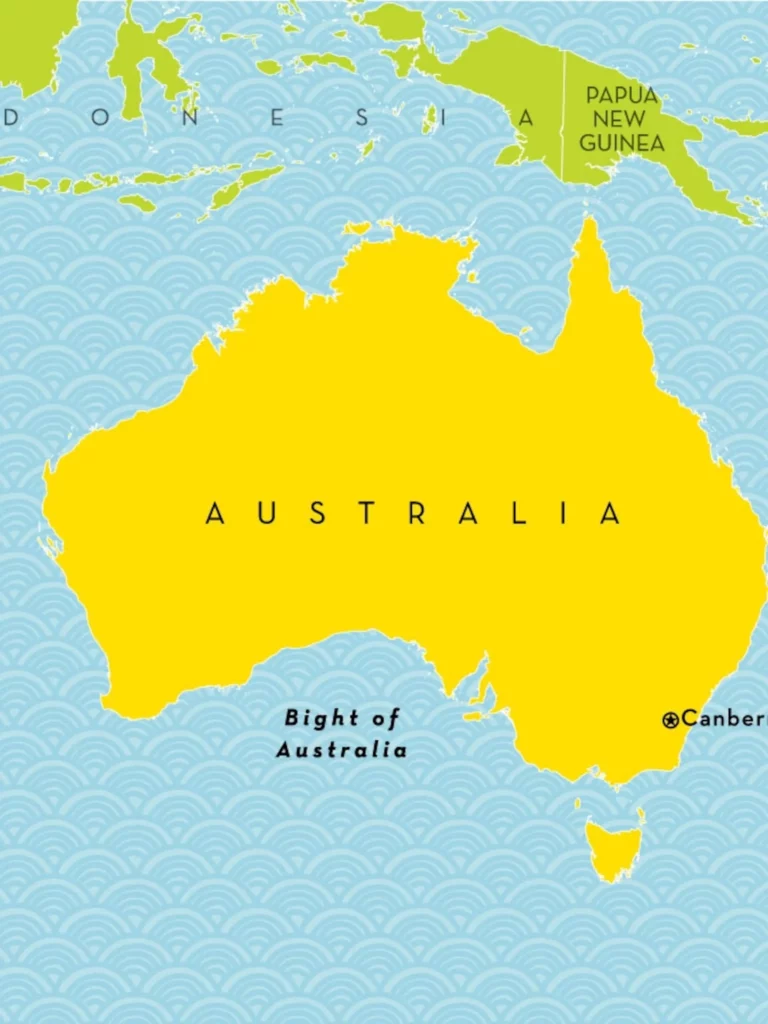
7. India – 3,287,263 square kilometers
The mature Indus civilisation flourished from about 2600 to 1900 BCE, marking the beginning of urban civilisation on the Indian subcontinent. The civilisation included cities such as Harappa, Ganeriwala, and Mohenjo-daro in modern-day Pakistan, and Dholavira, Kalibangan, Rakhigarhi, and Lothal in modern-day India. India is the seventh-largest country in the world and is known for its rich history, vibrant culture, and diverse geography. It is home to the Himalayan mountain range, the Thar desert, and the lush tropical forests of the south.
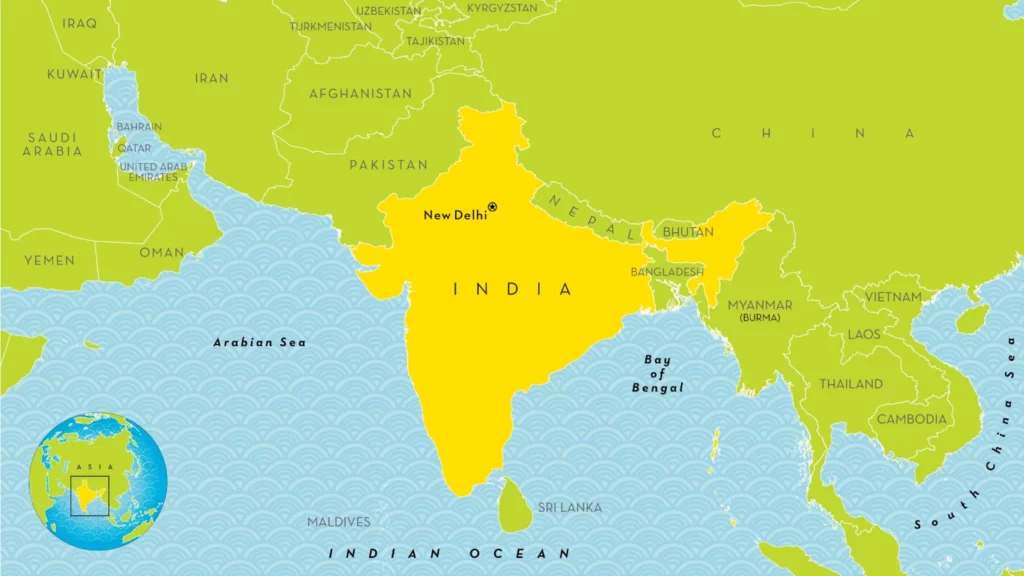
8. Argentina – 2,780,400 square kilometers
Argentina was originally settled by many different tribes of people. The first major empire arrived when Inca Empire invaded in 1480. Some of present day Argentina became part of the Incan Empire and some resisted. In 1516, the Spanish arrived in the person of explorer and navigator Juan Diaz de Solia Argentina is the eighth-largest country in the world and is known for its diverse landscapes, including the Andes Mountains, the Pampas grasslands, and the glaciers of Patagonia. It is also famous for its delicious cuisine and vibrant culture.
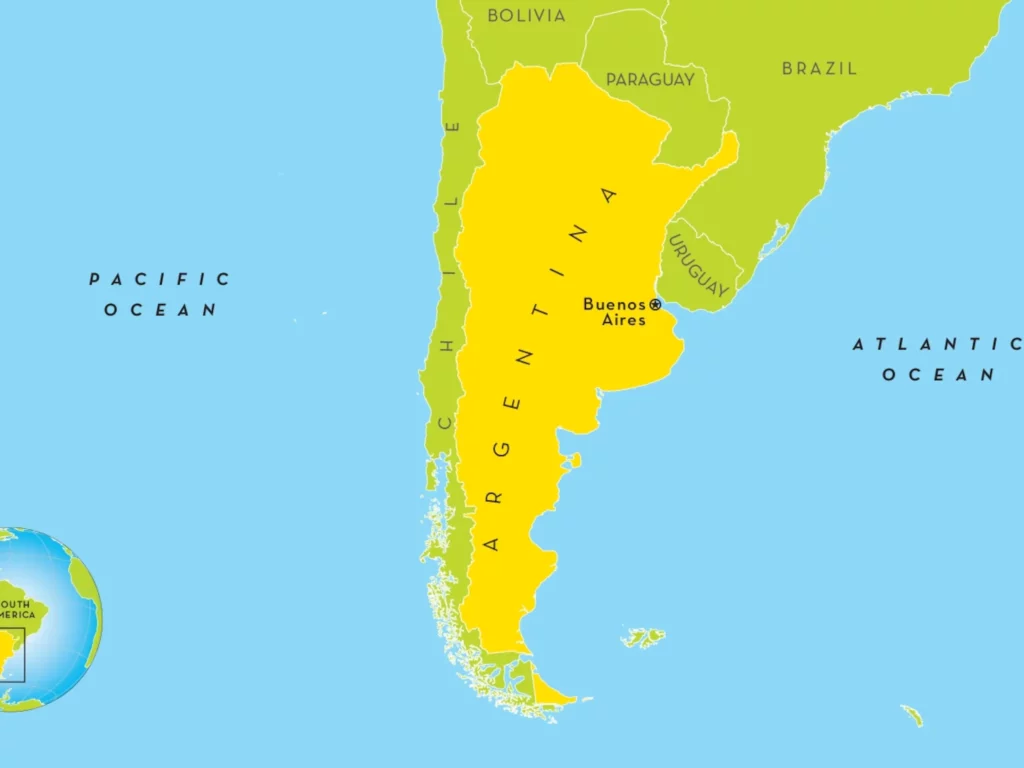
9. Kazakhstan – 2,724,900 square kilometers
Kazakhstan was originally inhabited by nomadic tribes. In the 13th century the land was invaded by the Mongol Empire and became territories of the Kazakh Khanate. During this time the cities of Taraz and Turkestan were established as trade cities along the Great Silk Road. Kazakhstan is the ninth-largest country in the world and is known for its vast steppes, deserts, and mountains. It is also home to some of the world’s largest oil reserves.
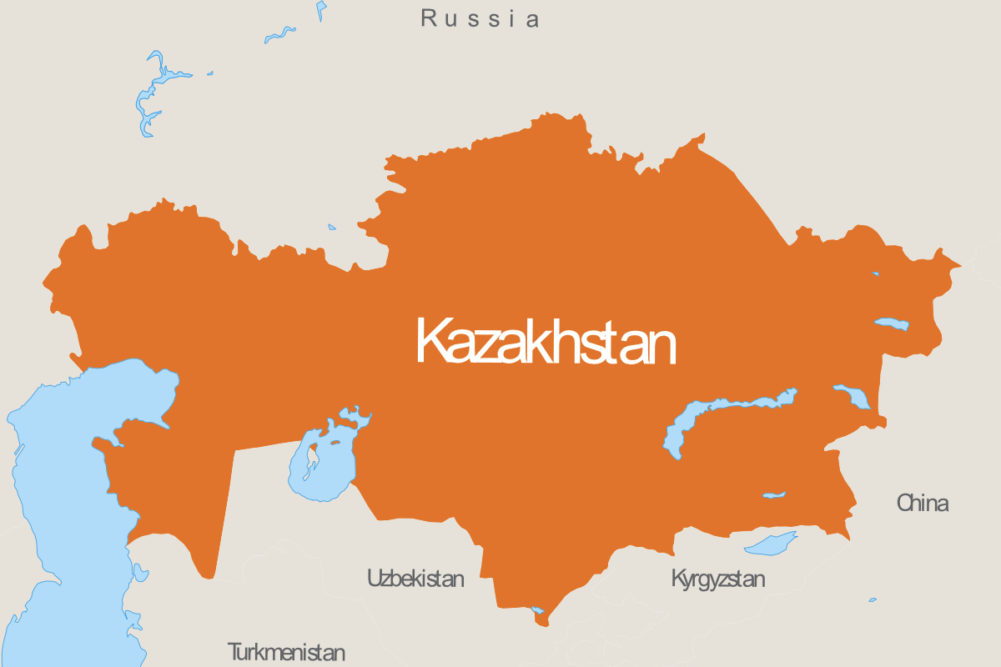
10. Algeria – 2,381,741 square kilometers
The region was conquered by the Muslims in the early 8th century AD, but broke off from the Umayyad Caliphate after the Berber Revolt of 740. During the Ottoman period, Algeria became an important state in the Mediterranean sea which led to many naval conflicts. Algeria is the tenth-largest country in the world and is located in North Africa. It is known for its Sahara desert, rugged mountains, and stunning Mediterranean coastline.
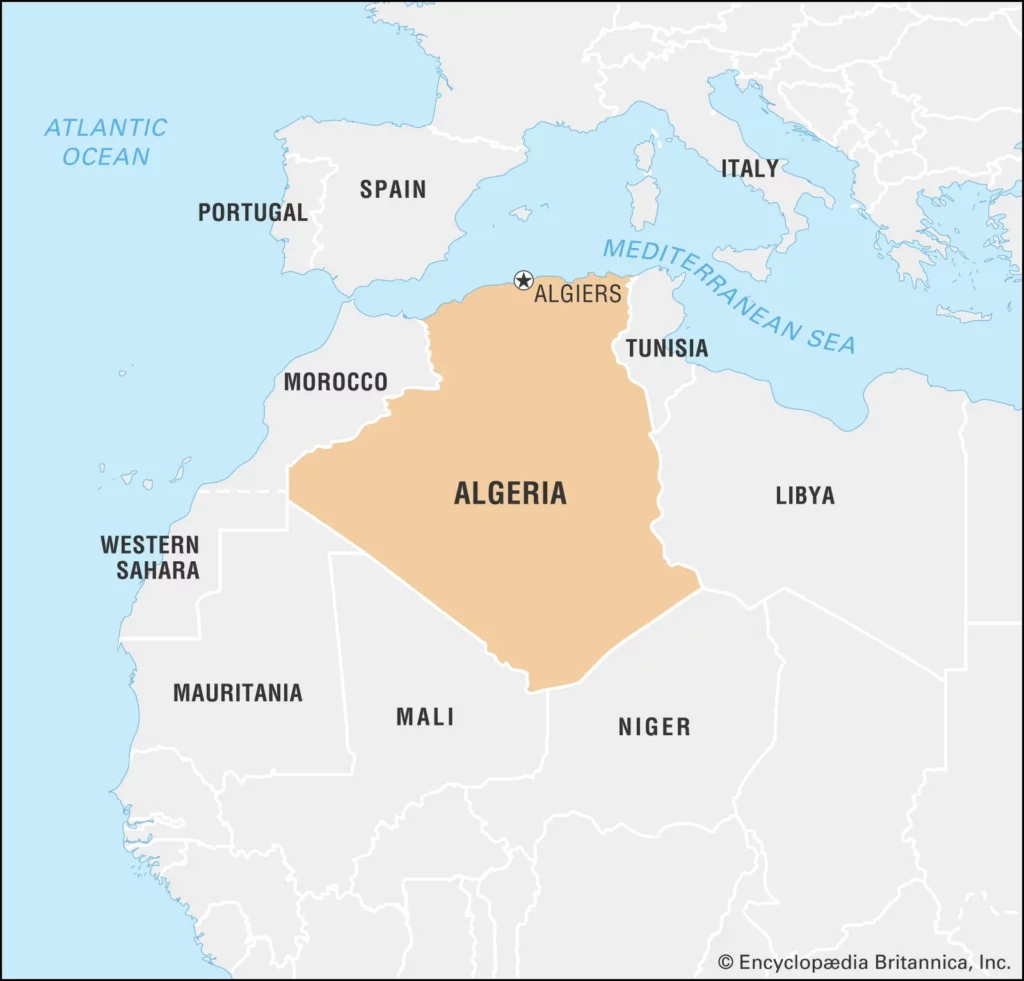
Conclusion
The world is home to a variety of countries, each with its own unique geography, culture, and history. The top 10 largest countries in the world are Russia, Canada, China, the United States, Brazil, Australia, India, Argentina, Kazakhstan, and Algeria. These countries span multiple continents and feature a diverse range of landscapes, from vast deserts to towering mountains and lush rainforests. While size may not always be an indicator of a country’s power or importance, it certainly adds to the richness and diversity of our world.
